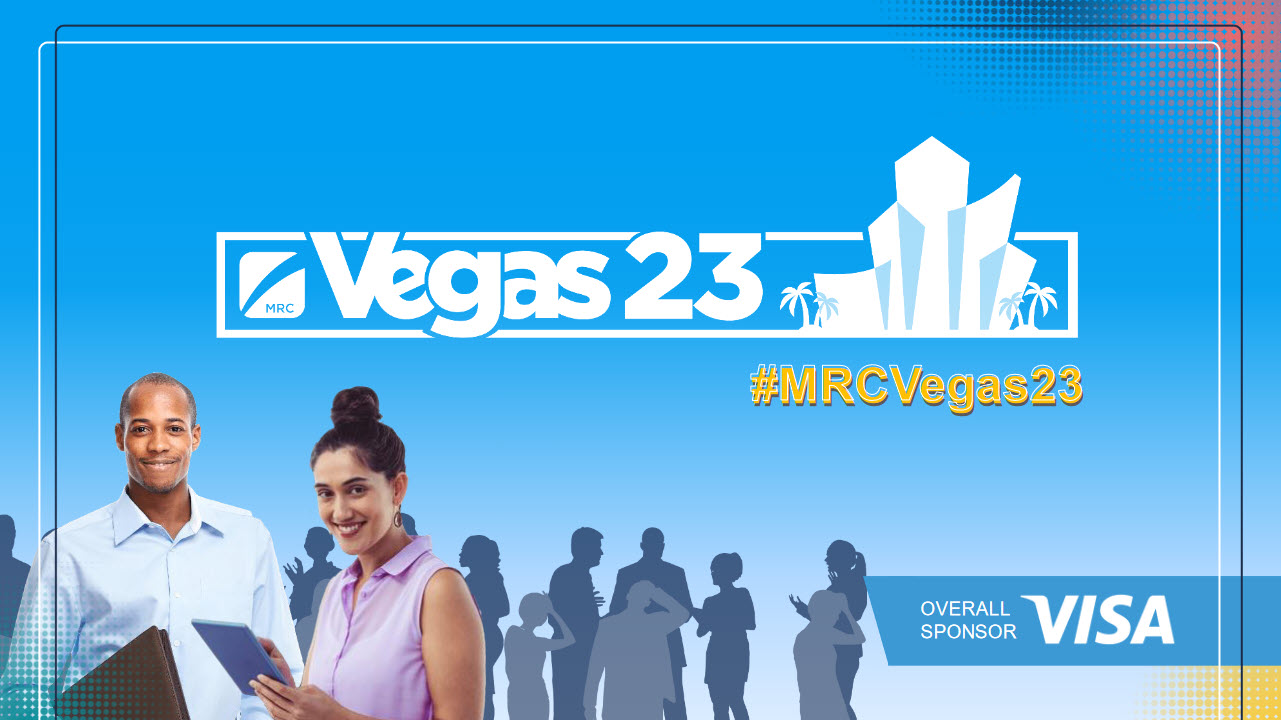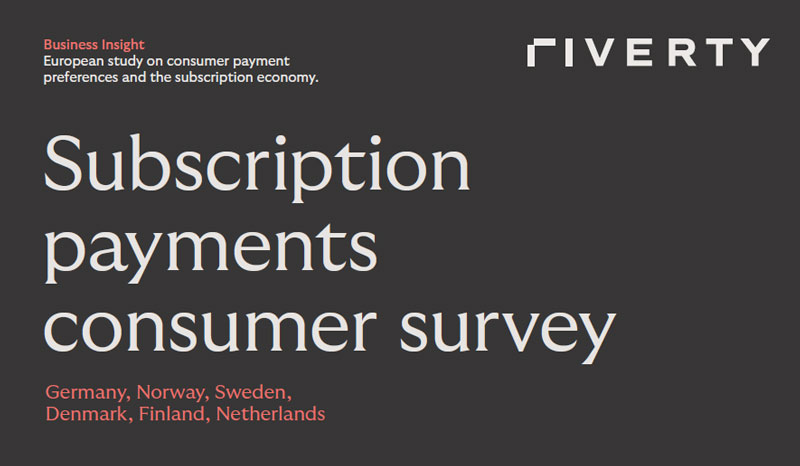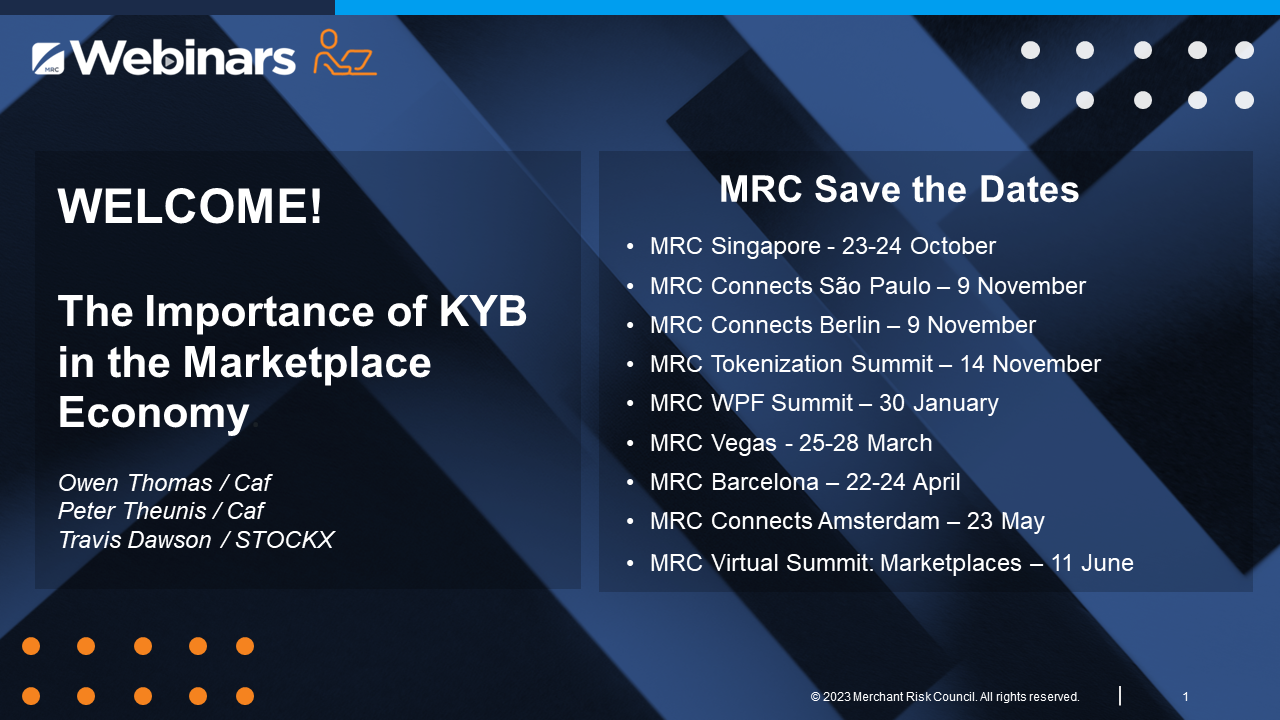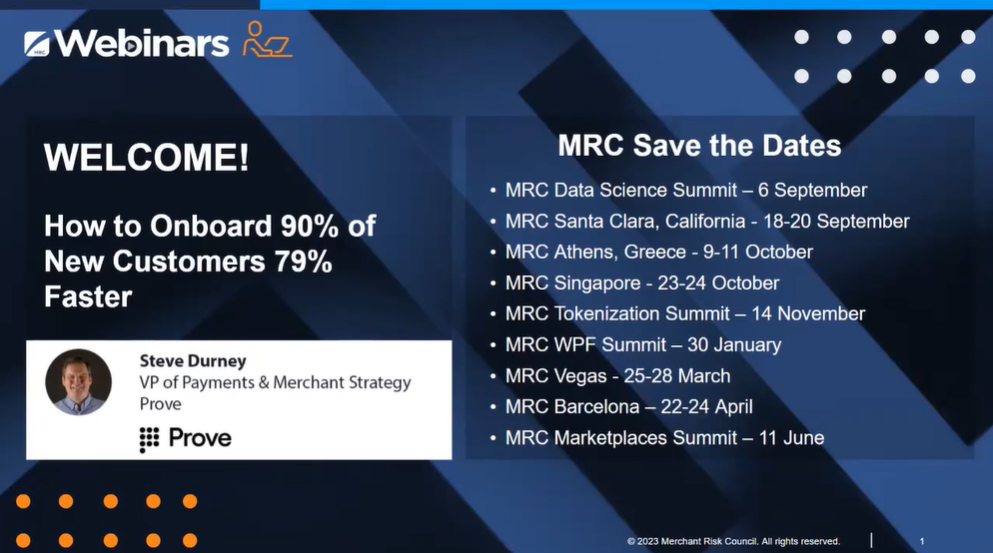Payabl. Launches Apple Pay, Google Pay, and PayPal
Member News
News
Alternative Payments
Mobile payments
Payabl.
Nov 22, 2021
Member News
Payabl. is pleased to announce the addition of Apple Pay, Google Pay, and PayPal to its extensive range of alternative payment methods. Payabl.’s payment gateway can now support transactions through these methods, allowing merchants to add the most widely used digital wallets to their online payment pages.
Apple Pay is a mobile contact payment system and digital wallet service that allows users to pay for products and services using near field communication (NFC) at the point of sale, whether in person or via the internet. With a reported 507 million users globally, Apple Pay is the world’s leading digital wallet.
Google Pay enables card-not-present transactions through merchants’ stores, websites, or mobile applications. This process is faster and simpler for consumers than traditional payment methods, providing a seamless experience at checkout. Google Pay is estimated to have surpassed 100 million worldwide uses in the past year.
PayPal, meanwhile, facilitates payments between parties through online transfers, by allowing customers to establish an account on its platform, which is then connected to users’ credit cards or checking accounts. PayPal’s platform currently boasts 360+ million active users.
While it is estimated that 12% of the global population currently uses digital wallet apps on a regular basis while shopping, reports show that adoption of mobile payments will surpass the use of credit cards and cash as soon as next year. Unsurprisingly, merchants are moving fast to respond to this market trend and meet global consumers’ preferences.
In fact, increasing the number of popular payment methods offered at checkout is becoming a key pillar of online businesses’ growth, particularly considering that a lack of methods is one of the main reasons cross-border buyers today abandon their shopping carts. Accepting international payments allows merchants to reach more customers, increase conversion rates, generate higher purchase frequency.
The privacy of customers’ payment details is more effectively protected when using digital wallets. Apple Pay, Google Pay and PayPal securely store customers’ payment details and make them easily accessible for purchases on websites, apps and in stores, therefore guaranteeing a faster checkout experience. Using the latest in payment technology, cardholders’ details are encrypted during this process, and the original credit or debit card numbers used in the transaction are not shared with the payment providers.
Finally, both merchants and shoppers may benefit from the extra security that these methods offer, through the use of tokenization and biometrics-based verification. When completing a transaction, cardholders are asked to provide their Touch ID, Face ID, or passcode to verify themselves, before completing a payment. This minimises the risk of credit card detail theft and reduces fraudulent payments and chargebacks for online businesses.
To learn more about how payabl. can help you implement Apple Pay, Google Pay and PayPal on your website’s checkout page, contact us today at www.payabl.com.
Apple Pay is a mobile contact payment system and digital wallet service that allows users to pay for products and services using near field communication (NFC) at the point of sale, whether in person or via the internet. With a reported 507 million users globally, Apple Pay is the world’s leading digital wallet.
Google Pay enables card-not-present transactions through merchants’ stores, websites, or mobile applications. This process is faster and simpler for consumers than traditional payment methods, providing a seamless experience at checkout. Google Pay is estimated to have surpassed 100 million worldwide uses in the past year.
PayPal, meanwhile, facilitates payments between parties through online transfers, by allowing customers to establish an account on its platform, which is then connected to users’ credit cards or checking accounts. PayPal’s platform currently boasts 360+ million active users.
While it is estimated that 12% of the global population currently uses digital wallet apps on a regular basis while shopping, reports show that adoption of mobile payments will surpass the use of credit cards and cash as soon as next year. Unsurprisingly, merchants are moving fast to respond to this market trend and meet global consumers’ preferences.
In fact, increasing the number of popular payment methods offered at checkout is becoming a key pillar of online businesses’ growth, particularly considering that a lack of methods is one of the main reasons cross-border buyers today abandon their shopping carts. Accepting international payments allows merchants to reach more customers, increase conversion rates, generate higher purchase frequency.
The privacy of customers’ payment details is more effectively protected when using digital wallets. Apple Pay, Google Pay and PayPal securely store customers’ payment details and make them easily accessible for purchases on websites, apps and in stores, therefore guaranteeing a faster checkout experience. Using the latest in payment technology, cardholders’ details are encrypted during this process, and the original credit or debit card numbers used in the transaction are not shared with the payment providers.
Finally, both merchants and shoppers may benefit from the extra security that these methods offer, through the use of tokenization and biometrics-based verification. When completing a transaction, cardholders are asked to provide their Touch ID, Face ID, or passcode to verify themselves, before completing a payment. This minimises the risk of credit card detail theft and reduces fraudulent payments and chargebacks for online businesses.
To learn more about how payabl. can help you implement Apple Pay, Google Pay and PayPal on your website’s checkout page, contact us today at www.payabl.com.

Host a Webinar with the MRC
Help the MRC community stay current on relevant fraud, payments, and law enforcement topics.
Submit a Request
Publish Your Document with the MRC
Feature your case studies, surveys, and whitepapers in the MRC Resource Center.
Submit Your Document






